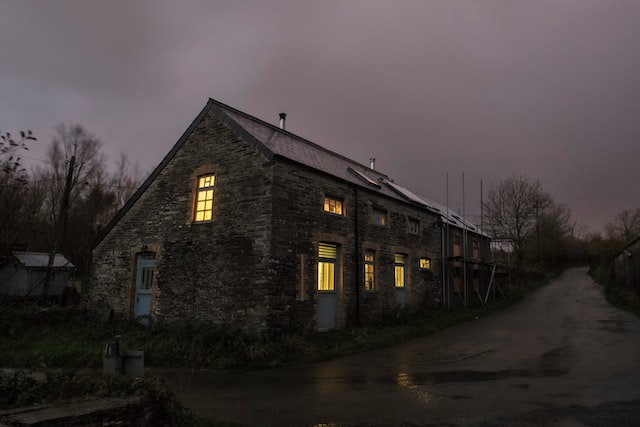The status of a property as a ‘dwelling’ can be important in establishing liability for Stamp Duty Land Tax (‘SDLT’). Sometimes a property’s being a dwelling can be a Good Thing: sometimes a Bad Thing.
For example, under Multiple Dwellings Relief, SDLT is often reduced if it can be shown that a purchase includes two (or more) dwellings. Hence a succession of cases in which taxpayers have endeavoured to show that ‘granny flats’, annexes or outbuildings included in the purchase of a main home are separate dwellings and HMRC have argued (almost always successfully) that they aren’t. In such cases, it’s been established (inter alia) that
- The test is ‘multifactorial’, taking into account all relevant facts and circumstances.
- When assessing whether property is ‘suitable for use as a dwelling’ it’s the physical state of the property at the time of acquisition that is relevant. Any potential it may afford to become suitable with a little work must be disregarded.
- A dwelling must provide its occupants with all the facilities for basic domestic needs.
- The test is objective and must be assessed by reference to its suitability for occupants generally rather than a particular class of occupier.
For example, in Dower on which we commented here, absence of proper kitchen facilities was a factor in determining that an annexe was not a separate dwelling.
On the other hand, it can sometimes be disadvantageous for a property to be a ‘dwelling’. Specifically, a 3% SDLT surcharge often applies on the purchase of ‘additional dwellings’ where the purchaser already owns a dwelling, as it did in Carl James v The Welsh Revenue Authority [2022] UKFTT 271. Since the land was in Wales, the case was about Land Transaction Tax (‘LTT’) rather than SDLT: but the same principles apply.
Mr James, who lived in an end-of-terrace property, bought the house next door with the intention of knocking the two into one. This was fairly straightforward since the properties had originally been built as one dwelling but had been partitioned many years earlier.
A month or two before the sale, the vendor had removed the kitchen. This was not, apparently, part of a clever scheme to assist Mr James in saving LTT: it was just that Mr James didn’t need the kitchen and the vendor’s cousin did. Mr James’s argument that a property without a kitchen is not, on the authority of earlier cases, a dwelling met with short shrift: ‘with or without a kitchen, Danderi House was used or suitable for use as a dwelling and therefore fell within the definition of a dwelling set out in s37 LTTA 2017.’ Double standards? Surely not.
In fact, the ‘not a dwelling’ point wasn’t Mr James’s main argument: rather, he sought to rely on one of two exclusions from the surcharge. Sadly, neither exclusion applied.
First, he pointed out that the surcharge doesn’t apply to an acquisition of a further interest in your main residence: this is what stops the surcharge running when you, as leaseholder, buy the freehold interest. Unfortunately, what Mr James had bought wasn’t a further interest in his main residence: it was the house next door.
Second, he thought he might rely on the fact that the surcharge doesn’t apply when the property you buy is a replacement for your main residence. But that didn’t apply either, because his main residence wasn’t being replaced by the property purchased but combined with it.
You might think Mr James had something of the moral high ground in the case. But whether he did or not, it didn’t help him.
For more information, please get in touch with your usual BKL contact or use our enquiry form.


